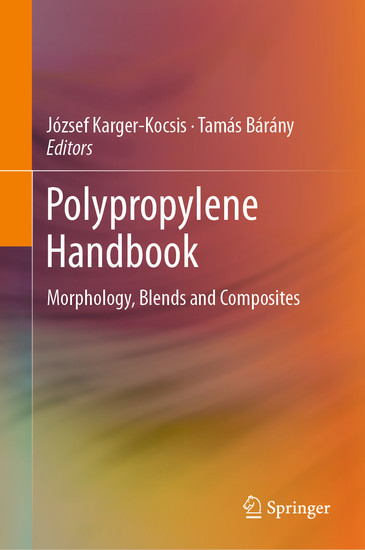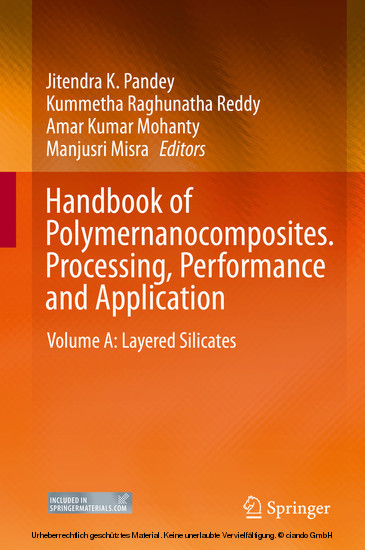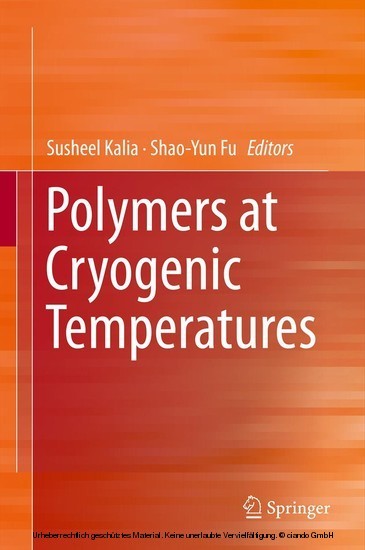Molecular Dynamics of Glass-Forming Systems. Bd.1
Effects of Pressure
Pressure is one of the essential thermodynamic variables that due to some former experimental difficulties was known as the "forgotten variable". During the last decade many things have changed. This book deals with the effects of pressure on the dynamics of a variety of glass-forming systems. The latter include, amorphous polymers, polymer blends, glass-forming liquids, liquid crystals, polypeptides. The thermodynamics of these systems, the relation to the chemical specificity as well as their present and potential applications are discussed in detail. It is meant to serve as an advanced introductory book for scientists and graduate students that will like to start working with dynamics. Several scientific papers dealing with the effects of pressure on the dynamics have been published in the last 10 years in leading journals in the fields of Physics of glass-forming liquids and in Polymer Science (Physical Review, Macromolecules, Journal of Polymer Science, Macromolecular Chemistry and Physics, J. Chem. Phys. etc.). There is need to provide researchers and students new to the field with an overview of the knowledge that has been gained in the past 10 years in a comprehensive way. The book provides: (a) an overview of the systems exhibiting glassy behavior in relation to their molecular specificity and provides with the current understanding of the origin of glass-formation, (b) emphasizes the relation between thermodynamics and dynamic response, and (c) shows that the information on the dynamics through the pressure response can be used as a valuable input for the design of materials for particular applications.
1;Preface;8 2;Contents;12 3;Chapter 1: The Glass ``Transition´´;14 3.1;1.1 Introduction;14 3.2;1.2 Pressure Dependence of the Structural (a-) Relaxation Time;18 3.3;1.3 The Glass Transition Temperature;30 3.4;1.4 The Concept of Fragility;33 3.5;1.5 Relative Importance of Thermal Energy and Density;36 3.6;Appendix1;42 3.7;Appendix2;42 3.8;References;47 4;Chapter 2: Origin of Glass Formation;51 4.1;2.1 Thermodynamic Scaling of Molecular Dynamics in Viscous Systems;51 4.1.1;2.1.1 A General Idea of Thermodynamic Scaling;51 4.1.2;2.1.2 A New Measure of the Relative Temperature-Volume Influence on Molecular Dynamics;54 4.1.3;2.1.3 The Relaxation Time Description in Accordance with Thermodynamic Scaling;59 4.1.4;2.1.4 Thermodynamic Scaling on Isothermal Conditions and Its Consequences;64 4.1.5;2.1.5 Doubts About the Thermodynamic Scaling Universality;67 4.2;2.2 The Role of Monomer Volume and Local Packing on the Glass-Transition Dynamics;73 4.3;References;76 5;Chapter 3: Models of Temperature-Pressure Dependence of Structural Relaxation Time;78 5.1;3.1 The Generalized Vogel-Fulcher-Tammann Equation;78 5.2;3.2 The Adam-Gibbs Model;79 5.3;3.3 The Avramov Model;82 5.4;3.4 Cluster Kinetics Model;86 5.5;3.5 Defect Diffusion Model;90 5.6;3.6 Dynamic Lattice Liquid Model;95 5.7;References;98 6;Chapter 4: New Physics Gained by the Application of Pressure in the Study of Dynamics of Glass Formers;100 6.1;4.1 Dynamics Under Pressure;100 6.2;4.2 General Dynamic Properties of Glass Formers Discovered by Applying Pressure;101 6.2.1;4.2.1 Coinvariance of taua and Width of Dispersion to Changes in P and T;101 6.2.2;4.2.2 Crossover of T or P Dependence of ta (or h ) at the Sameta (or h ) Independent on T, P, and V at the Crossover;104 6.2.2.1;4.2.2.1 Experimental Facts;104 6.2.2.2;4.2.2.2 Coupling Model Explanation;106 6.2.3;4.2.3 An Important Class of Secondary Relaxations Bearing Strong Connection to the a-Relaxation;109 6.2.3.1;4.2.3.1 Spin-Lattice Relaxation Weighted Stimulated-Echo Spectroscopy;110 6.2.3.2;4.2.3.2 Invariance of the Ratio tauJG /taua for Different T and P When taua Is Kept Constant;110 6.2.3.3;4.2.3.3 TVgamma-Dependence of tauJG;114 6.2.3.3.1;Evidence Indicating T-1V-gamma: Dependence Originating from the Primitive Relaxation;114 6.2.3.4;4.2.3.4 Dependences of the Global and Segmental Dynamics in Polymers on TVgamma: Same gamma but Different Functional Forms;115 6.2.3.5;4.2.3.5 Change of T-Dependence of JG beta-Relaxation Time and Relaxation Strength on Crossing Tg;116 6.2.3.6;4.2.3.6 Relation Between the Activation Energies of tauJG and taua in the Glassy State;117 6.2.3.7;4.2.3.7 Pressure-Temperature History Dependence of tauJG in the Glassy State;117 6.2.3.8;4.2.3.8 JG beta-Relaxation Causes Cage Decay and Terminates the Nearly Constant Loss;122 6.2.3.9;4.2.3.9 JG beta-Relaxation Is Responsible for the Anomalous T-Dependence of gamma-Relaxation Time;123 6.3;4.3 Conclusions;126 6.4;References;127 7;Chapter 5: Pressure Effects on Polymer Blends;132 7.1;5.1 Theoretical Background;132 7.2;5.2 Effect of Pressure on the Dynamics of Miscible Polymer Blends: Dynamic Heterogeneity;134 7.2.1;5.2.1 Athermal Polymer Blends/Copolymers (PI-PVE, PMMA/PEO);136 7.2.1.1;5.2.1.1 PI-b-PVE;136 7.2.1.2;5.2.1.2 PMMA/PEO;138 7.2.2;5.2.2 Miscible But Not Athermal Polymer Blends (PS/PMPS, PS/PVME, and PCHMA/PaMS);142 7.2.2.1;5.2.2.1 PS/PMPS;143 7.2.2.2;5.2.2.2 PS/PVME;147 7.2.2.3;5.2.2.3 PCHMA/PaMS;150 7.2.3;5.2.3 Polymer Blends with Strong Specific Interactions;151 7.3;5.3 Effect of Pressure on Nanophase Separated Copolymers;152 7.3.1;5.3.1 PMVE-b-PiBVE;153 7.3.2;5.3.2 pODMA-b-ptBA-b-pODMA;155 7.4;References;157 8;Chapter 6: Polypeptide Dynamics;159 8.1;6.1 Introduction;159 8.2;6.2 Polypeptide Liquid-to-Glass ``Transition´´ and its Origin;160 8.3;6.3 Correlation Length of a-Helices;169 8.4;6.4 Effects of Nanoconfinement on the Peptide Secondary Structure and Dynamics;172 8.4.1;6.4.1 ``Soft´´ Confinement: Confinement Within the Nanodomains of Block Co
Floudas, George
Paluch, Marian
Grzybowski, Andrzej
Ngai, Kai
| ISBN | 9783642049026 |
|---|---|
| Artikelnummer | 9783642049026 |
| Medientyp | E-Book - PDF |
| Auflage | 2. Aufl. |
| Copyrightjahr | 2010 |
| Verlag | Springer-Verlag |
| Umfang | 176 Seiten |
| Sprache | Englisch |
| Kopierschutz | Digitales Wasserzeichen |











